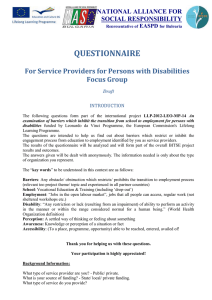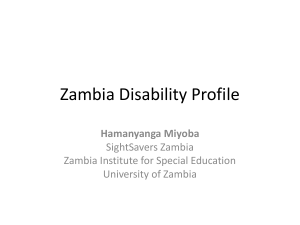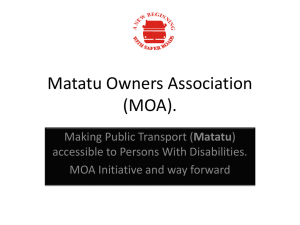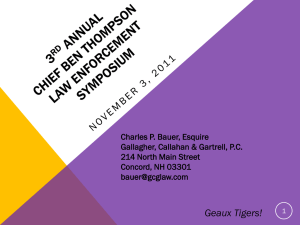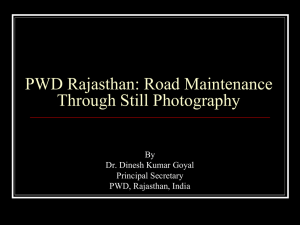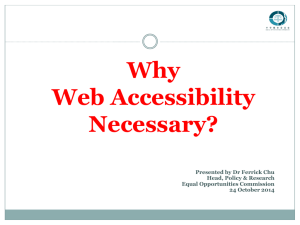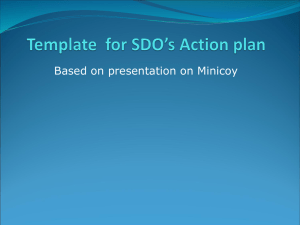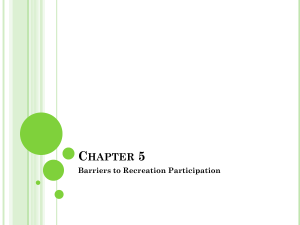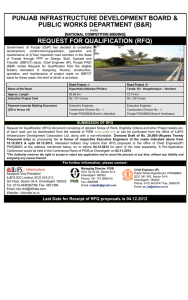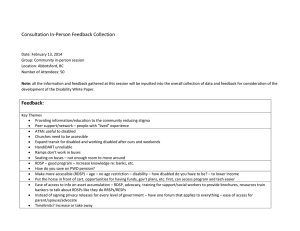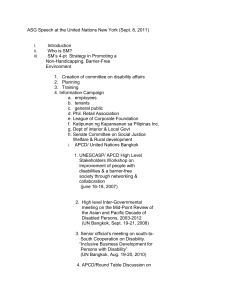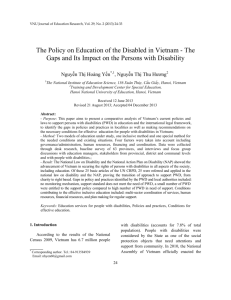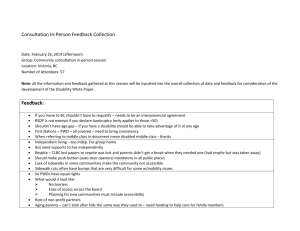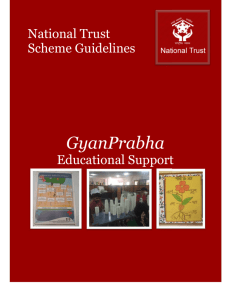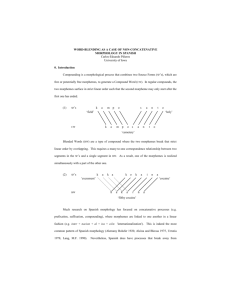Objective Structured Clinical Exam
advertisement
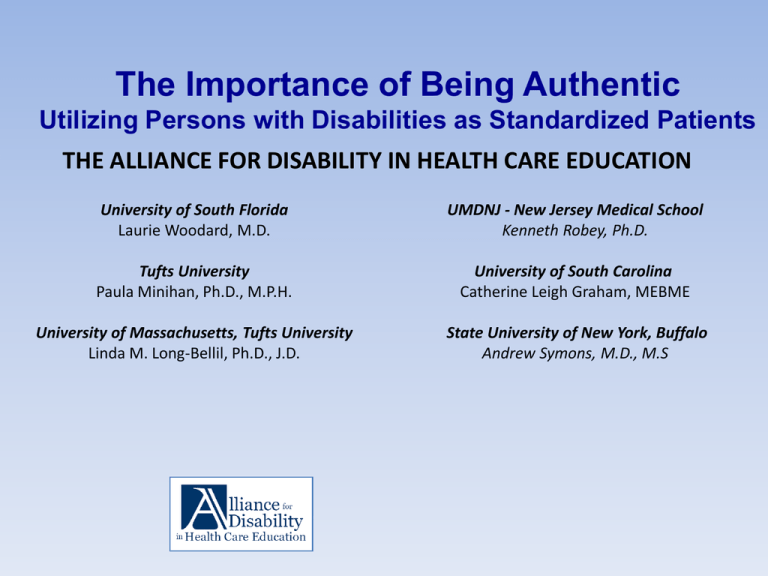
The Importance of Being Authentic Utilizing Persons with Disabilities as Standardized Patients THE ALLIANCE FOR DISABILITY IN HEALTH CARE EDUCATION University of South Florida Laurie Woodard, M.D. UMDNJ - New Jersey Medical School Kenneth Robey, Ph.D. Tufts University Paula Minihan, Ph.D., M.P.H. University of South Carolina Catherine Leigh Graham, MEBME University of Massachusetts, Tufts University Linda M. Long-Bellil, Ph.D., J.D. State University of New York, Buffalo Andrew Symons, M.D., M.S Persons with Disabilities (PWD) as Standardized Patients (SP) • SP Purpose: – to teach or assess clinical skills or assess while encouraging perspective taking and reflection • SP model: suited for teaching about PWD – – – – control clinical scenario create teachable moments promote self assessment/reflection appreciate PWD expertise re living with disability • PWD as SP Results: Most programs have found that PWD are very effective teachers PWD as SP A very effective way to teach students/residents about PWD • Actors feigning disability are not credible faking: – Atrophied muscles – Dysarthric/slurred speech – Deafness – Devices used for – Blindness communication – Contractures – Communication – Spasticity patterns often used by – Ptyalism/drooling a person with an – Poor head control intellectual disability USF – Education/SP Experiences • Disability module integrated into required 3rd year primary care clerkship, can be modified for Residents – PWD incorporated into module in various ways: • Home visits, panel discussion, service learning projects, as SPs • PWD as SP used in 2 separate experiences – Model Patients – Educational session • Hands-on session in a simulated exam room that promotes reflection – OSCE – Evaluative session • One of several OSCE experiences providing formative feedback during clerkship Prior to the OSCE • Students watch a vignette from the movie “Rolling” – A pt with SCI goes to ortho for shoulder pain and tx is suboptimal. – After vignette, group discusses how physicians could help the doctor in the movie be a more effective clinician. USF - Model Patient Experience • Students/Residents interview & briefly examine PWD in simulated clinical exam room • PWD/caregiver briefed on program goals, then tell their stories, guide students in appropriate etiquette • Each student/resident sees 4 patients • Pt & Medical faculty observe: live video/one way mirrors • Concludes with learning circle & written reflection • PWD are recruited from USF medical practice & by other PWD USF –OSCE • Based on shoulder case developed by Tufts Medical School: – PWD is a manual chair user who presents with a painful shoulder • Shoulder pain symptoms worsening over past few weeks • Earlier episode had resolved with rest & PT • Overuse from occupation, care-taking responsibilities, disability-related use • Refusal to return to previous doctor because she seemed uncomfortable with patient’s disability • Social supports essential to treatment plan • Patient fears eventual loss of function and independence if problem becomes chronic OSCE • SPEs with ASD & parent play out scenario as close to real life as they want/can handle (no script) • Student/Resident interviews and examines PWD • Evaluated on medical + functional history, PE adapted for PWD, patient centered plan • SP and faculty observer give immediate feedback, using check list – formative evaluation USF - Students Examining Patients during Model Patient Session USF - Primary Care Clerkship “Patients with Disabilities” Module Common Themes • Teaching students/residents how to communicate appropriately and effectively • Providing students/residents with an opportunity to interact with and become more comfortable with PWD • Debunking common notions about PWD – Inability to speak for themselves – Poor quality of life – Poor health inevitable Benefits • Authenticity: Actors without disabilities… – Cannot mimic – May reinforce negative stereotypes especially off script • Recognition of patient expertise about own condition – Rich lives, jobs, families, responsibilities, future plans • Understanding disability ≠ poor health – Concepts of thinner margin of health, secondary conditions • Provides special teachable moments – Communication devices, transferring patients to exam tables, talking with caregivers present Challenges • Evaluation can be tricky – Consistency - script vs. telling own story – Lack of consensus regarding competencies that are observable – SPs who evaluate must be trained • Attendance of PWD – Recruitment of people with requisite skills may already have full time employment – Stamina – Fluctuating health status – Transportation difficulties
